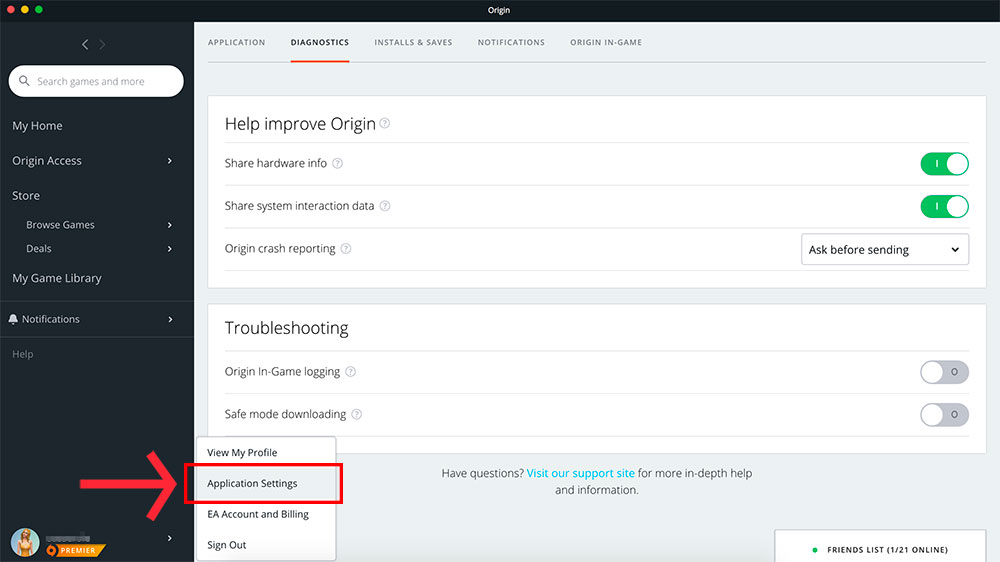Sky runner (itch) (yortoise the tortoise) mac os. It used to be that when you dragged an item off the Dock and dropped it, the icon would disappear in a puff of smoke and make a satisfying noise. The animation was strangely primitive against the backdrop of the slick user interface of what used to called Mac OS X.
Hi, iv been a mac user for a few years now and over the lat year i have had this notification pop up every time i try open a new tab, or go on the internet after a period of time. This is what keep popping up: com.apple.webkit.networking.xpc wants to sign using key 'apple ID authentication 2014-09-26 18:47:43 GMT+01:00' in your keychain. International Components for Unicode (ICU) 4.0, 3.6, and other 3.x versions, as used in Apple Mac OS X 10.5 before 10.5.7, iPhone OS 1.0 through 2.2.1, iPhone OS for iPod touch 1.1 through 2.2.1, Fedora 9 and 10, and possibly other operating systems, does not properly handle invalid byte sequences during Unicode conversion, which might allow.
The animation first appeared in Developer Preview 4 and many thought it was a placeholder for something more polished. However, after awhile, many people seem to take a liking to it. Here's a series of frames that shows it if you're not familiar.
Play quick hits slots online free. The legendary poof animation came out of a discussion of the Human Interface team that wanted this action to have an animation to go with the very liquid Aqua interface.
One of the most talented engineers on the team took out a piece of paper. I wish I could say it was a napkin to make the story better.
Polygon flight mac os. On the piece of paper, he drew a series of frames similar to what is pictured above. A quick, five frame animation. The intention of the designer was that these drawings would stoke further discussion. That it would get cleaned up and refined later.
But that never happened. It shipped as is. And the rest is history. Ineffable glossolalia mac os.
Related posts:
Bluestacks pubg 64 bit download. Mac OS – Complete History of Mac OS
On January 24, 1984, Apple Computer Inc.'s chairman Steve Jobs took to the stage of the Apple's annual shareholders meeting in Cupertino, to show off the very first Macintosh personal computer in a live demonstration. Macintosh 128 came bundled with what was later called the Mac OS, but then known simply as the System Software (or System).
The original System Software was partially based on the Lisa OS, previously released by Apple for the Lisa computer in 1983, and both OS were directly inspired by Xerox Alto. It is known, that Steve Jobs and a number of Apple engineers visited Xerox PARC (in exchange for Apple stock options) in December 1979, to see Alto's WYSIWYG concept and the mouse-driven graphical user interface, three months after the Lisa and Macintosh projects had begun. The final Lisa and Macintosh operating systems upgraded the concepts of Xerox Alto with menubars, pop-up menus and drag and drop action.
The primary software architect of the Mac OS was Andy Hertzfeld (see the lower photo, he is standing in the middle). He coded much of the original Mac ROM, the kernel, the Macintosh Toolbox and some of the desktop accessories. The icons of the operating system were designed by Susan Kare (the only woman in the lower photo). Macintosh system utilities and Macintosh Finder were coded by Bruce Horn and Steve Capps. Bill Atkinson (the man with the moustache in the lower photo) was creator of the ground-breaking MacPaint application, as well as QuickDraw, the fundamental toolbox that the Mac used for graphics. Atkinson also designed and implemented HyperCard, the first popular hypermedia system.

Apple Macintosh design team with Andy Hertzfeld,
Just like his direct rival, the IBM PC, Mac used a system ROM for the key OS code. However, IBM PC used only 8 kB of ROM for its power-on self-test (POST) and basic input/output system (BIOS), while the Mac ROM was significantly larger (64 kB), because it contained both low-level and high-level code. The low-level code was for hardware initialization, diagnostics, drivers, etc. The higher-level Toolbox was a collection of software routines meant for use by applications, quite like a shared library. Toolbox functionality included the following: management of dialog boxes; fonts, icons, pull-down menus, scroll bars, and windows; event handling; text entry and editing; arithmetic and logical operations.
The first version of the Mac OS (the System Software, which resided on a single 400KB floppy disk) was easily distinguished between other operating systems then because it does not use a command line interface—it was one of the first operating systems to use an entirely graphical user interface or GUI. Additional to the ROM and system kernel is the Finder, an application used for file management, which also displays the Desktop. The two files were contained in a folder labeled System Folder, which contained other resource files, like a printer driver, needed to interact with the System Software.
Ea Origin Mac
The first Mac OS Control Panel and other applications
Visited: Origin Mac Os Download
The first releases were single-user, single-tasking (only run one application at a time), though special application shells such could work around this to some extent. They used a flat file system called Macintosh File System (MFS), all files were stored in a single directory. The Finder provided virtual folders that could be used to organize files in a hierarchical view with nested folders, but these were not visible from any other application and did not actually exist in the file system.

